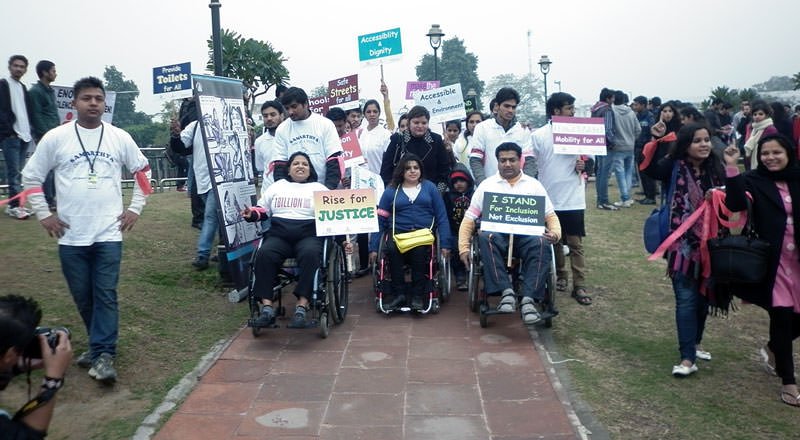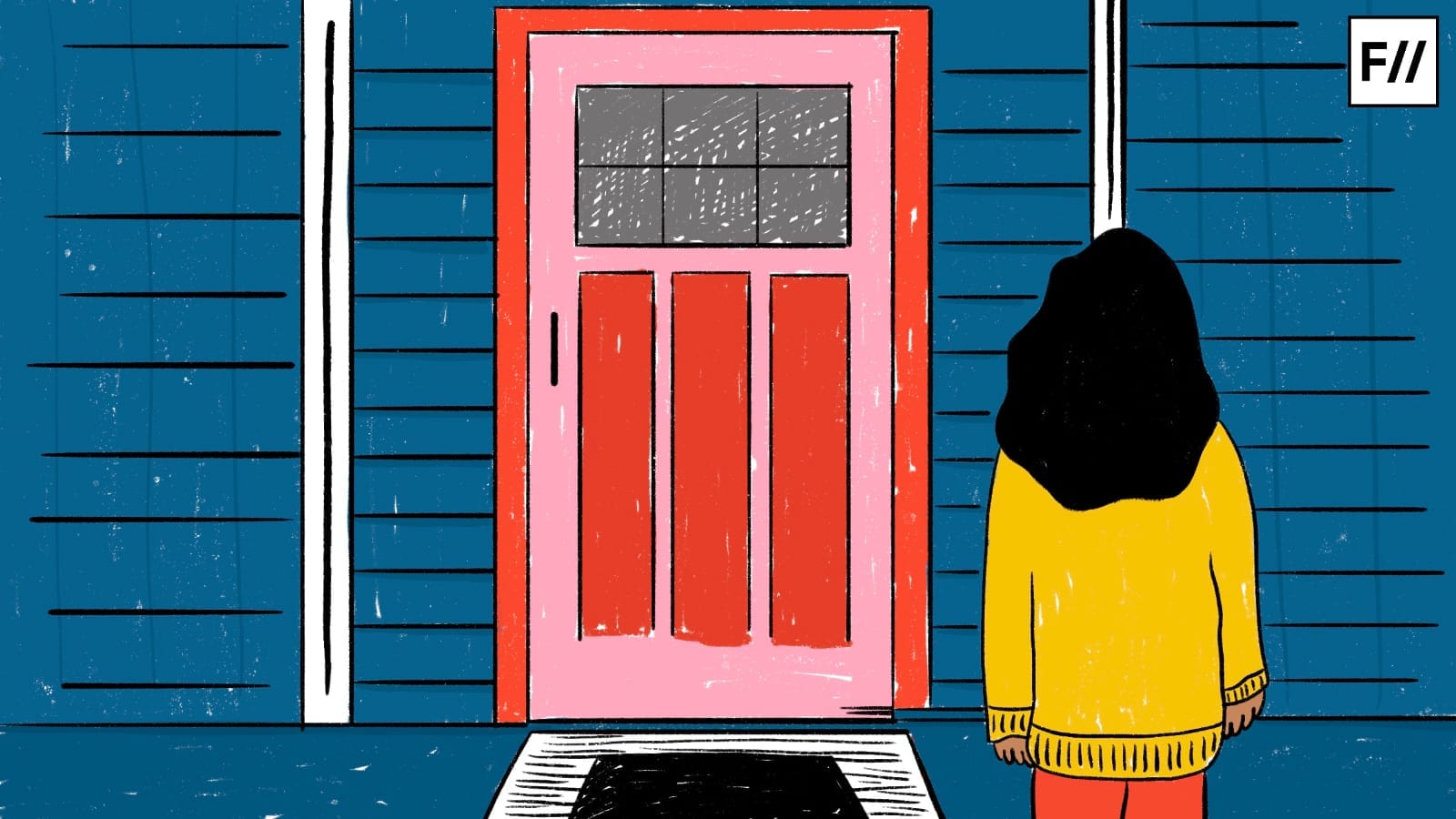If you search on Google to find media coverage on violence against women in India, you will find numerous results but if you try to find out media coverage on violence against women with disabilities in India, I can bet, you won’t see more than 4 to 5 results. Other results would either show articles based on the issue or reports published by Human Rights Network or the research results of social science researchers.
Does this mean that there are no cases of violence against disabled women or are such assaults not reported to the police or is the media not interested and well trained to cover this sensitive subject?
Research shows that one in four women is the victim of domestic violence. Human Rights Watch says that women with disabilities are three times as likely to be raped, physically abused or sexually assaulted. Sexual abuse and violence of all kinds are rampant with almost all kinds of disabilities. There is infanticide of the disabled infants, with infant girls being at higher risk.
Women with disabilities face different kinds of violence. Often their educational, nutritional, sexual, financial, recreational and employment needs are ignored. They are emotionally and psychologically manipulated and exploited because they remain more vulnerable than the temporarily able-bodied women.
Women with disabilities are three times as likely to be raped, physically abused or sexually assaulted.
Being a woman, belonging to a poor family and having a disability, is a triple disadvantage that she has to withstand! Violence against women with disabilities can be at the hands of their partner, family, or carer. In addition to various brutal forms of violence, they become subject to offences including wife-battering, fraudulent marriages, unnecessary restrictions, like not providing them wheelchairs or assistive devices, medicines among others. Unfortunately despite being considered as a violation of human rights, these practices are, more or less, accepted in our society.
It can be harder for disabled women to get away, get support or report the abuse to the police. Almost one in two disabled women is abused in their lifetime.
But how many of us get to read, hear or watch coverage of such incidents in media whether print or electronic. How many times have seen the journalists, policy makers and social reformers discussing the gravity of this issue in their primetime debates on news channels? Isn’t it disappointing that none of these issues are recognisable in any of the headlines. We are socially excluded on account of our disability.
How are readers being made aware of the nature and causes of such criminal offences, and to what extent has reporting been able to draw the attention of law making and law enforcing agencies?
Invisible disabilities, including mental illness, are often portrayed as dangers to society which need to be controlled and/or “fixed”. Women with physical disabilities, on the other hand, are often portrayed as helpless victims, or people who heroically “overcome“ their disability.
Invisible disabilities, including mental illness, are often portrayed as dangers to society which need to be controlled and/or “fixed”.
Women with disabilities constantly face stigma and even the issues related to their survival are grossly neglected. Women and girls with mental illness or intellectual disabilities in India are forced into mental hospitals and institutions where they face unsanitary conditions, risk physical and sexual violence and experience involuntary treatment including electroshock therapy.
Even in popular media they are “portrayed as hypersexual” since the societal perception for these women is prejudiced. They are seen as crazy, or because they are not able to understand or communicate what happened to them, their attackers are rarely brought to justice.
Violence against women and girls with disabilities fall into a number of policy ‘gaps’ because of the inability to deal with the intersectional nature of the violence that these women experience. Many of these cases don’t find place in the pages or websites of media organisations, but the ones that do get reported sometimes do not get covered properly up to the extent that victim blaming is seen in news reports.
Generally people with disabilities seldom enter camera’s eye. And whenever they enter it is an event based coverage rather than issue based. Unfortunately women with disabilities remain invisible and irrelevant for the families, society and the system. Portrayals of women with disabilities in the media are inaccurate. Misrepresentations, un-representation and under representation of women with disabilities in the media disempowers women them by negatively impacting their self confidence and self-esteem.
Also read: Love And Dating For Women With Disabilities
Media literacy is one of the first steps in creating change. By analyzing and resisting against media representations of women with disability, we all can strive to dismantle the ideas in society that perpetuate violence against women with disabilities.
Responsible, ethical reporting of violence against women with disabilities, demand greater understanding of the broader context, empathy and willingness to report without creating ripples of sensations.
Media can act as an agent of social change and work as a tool of mass information to help activists and governments raise awareness and implement programs on this issue. Even the means to combat violence need to be projected rather than overemphasising the acts of violence.
Media can hold a mirror that can expose the ills of society. Even media had helped in promoting human rights, so media should act as a pressure group against these injustices. Media should develop story lines, images, characters, programs, and products that promote healthy attitudes toward women, masculinity, relationships, disability and sexuality.
Also read: How News Media Ignores The Disability Aspect Of Survivors Of Sexual Assault
Featured Image Credit: Women Enabled International
About the author(s)
A writer, a counsellor, a teacher, a social worker, a motivational speaker and an activist, Abha Khetarpal, is a National Awardee and one of the 100 Women Achievers in India. She has surfaced in Women Of Pure Wonder, a Coffee Table Book by Vodafone and also honoured with Woman of Substance Award. She works for persons with disabilities. Being a woman with disability her major focus remains on women with disabilities for whom she has authored manuals like ‘Keeping You Abreast; A handbook on breast cancer self examination’ and ‘Going with the Flow; Handbook on Menstrual Management & Hygiene’.




